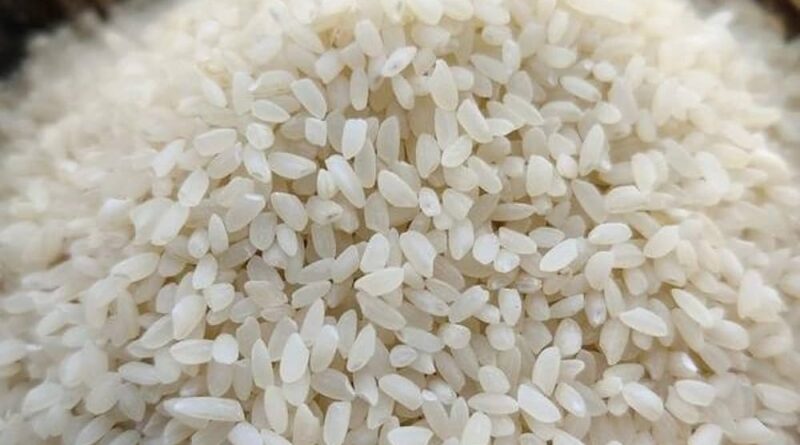Efforts on to get GI tag for Prayagraj’s Sonachur & Vishnu Bhog rice varieties
Even though overall production and availability of paddy seeds remain adequate in Prayagraj, the same cannot be said for once-celebrated aromatic rice varieties Sonachur and Vishnu Bhog. Once widely grown and cherished across eastern Uttar Pradesh, these traditional rice types are now on the verge of extinction, largely overshadowed by hybrid varieties that dominate the agricultural landscape today.
In a significant move aimed at reviving these disappearing rice varieties, the agriculture department has initiated a comprehensive campaign focused on farmers in the Shankargarh, Koraon, and Jasra regions—areas known for cultivating premium quality normal, hybrid and aromatic rice. Moreover, under this initiative, Geographical Indication (GI) tagging of both Sonachur and Vishnu Bhog rice will be undertaken, marking them under the identity of Prayagraj, with the goal of preserving and possibly exporting them in the future. Rice is cultivated in approximately 1.70 lakh hectares across the Gangapar and Yamunapar regions of Prayagraj. While normal, hybrid, and aromatic—are grown by farmers, Sonachur and Vishnu Bhog from the aromatic category are now rarely seen in fields. At one time, they were a defining symbol of Prayagraj’s agricultural heritage. However, their cultivation dwindled to a mere 100 to 150 hectares due to declining demand and low market incentives. Despite being priced significantly higher than normal rice due to their fragrance and quality, the cost of production remains similar. The yield, however, is lower, making it a less attractive option for farmers focused on profitability. One of the farmers, Santosh Kumar Dwivedi, said, “The sale of fine and aromatic rice like Sonachur is less compared to coarse varieties. The cost of cultivation is high, and the yield doesn’t match it. That’s why we only grow it for our household consumption.”
Similarly, Neeraj Kumar says, “Sonachur and Vishnu Bhog require more water and care. With low demand and low returns, fewer farmers are willing to grow them. However, if we start getting better prices, the cultivation can definitely increase again.” The agriculture department, under leadership of deputy director Pawan Kumar Vishwakarma, is currently identifying regions where these varieties are cultivated. This is essential for achieving GI tagging, which would authenticate the unique identity of these rice types as Prayagraj’s own and could potentially open international markets. “If export possibilities materialise, farmers will be encouraged to return to cultivating Sonachur and Vishnu Bhog, ensuring both fair returns and the preservation of these varieties,” said Vishwakarma.
This article has been republished from The Times of India

